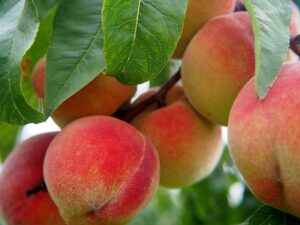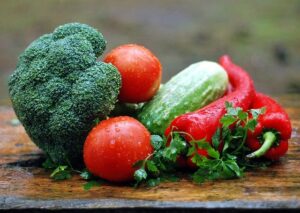Introduction
Protein turnover is a fundamental process that occurs within living organisms, involving the synthesis and degradation of proteins. It refers to the continuous renewal and replacement of proteins in the body, ensuring their proper functioning. This article will delve deeper into the concept of protein turnover, exploring its significance and the underlying mechanisms involved.
The Significance of Protein Turnover
Proteins play crucial roles in various biological processes, including enzyme catalysis, cell signaling, immune response, and structural support. However, proteins are not static entities; they undergo constant turnover to maintain optimal cellular function. Protein turnover is essential for several reasons:
Regulation of Protein Levels: Protein turnover allows cells to regulate the abundance of specific proteins. By degrading proteins that are no longer needed or are damaged, cells can control protein levels and prevent the accumulation of potentially harmful substances.
Adaptation to Changing Conditions: Protein turnover enables cells to respond to changing environmental conditions or physiological demands. For example, during periods of increased physical activity, the turnover rate of muscle proteins may increase to support muscle growth and repair.
Quality Control Mechanism: Protein turnover acts as a quality control mechanism, ensuring that only properly folded and functional proteins are present in the cell. Misfolded or damaged proteins are targeted for degradation to prevent their accumulation, which can lead to cellular dysfunction and disease.
Mechanisms of Protein Turnover
Protein turnover involves two main processes: protein synthesis and protein degradation.
Protein Synthesis: Protein synthesis is the process by which new proteins are produced in the cell. It occurs in the ribosomes, where the genetic information encoded in messenger RNA (mRNA) is translated into a specific sequence of amino acids. This sequence determines the structure and function of the protein. Protein synthesis is a highly regulated process, influenced by various factors such as gene expression, signaling pathways, and cellular energy status.
Protein Degradation: Protein degradation is the process by which proteins are broken down and recycled. It serves as a mechanism to remove unwanted or damaged proteins from the cell. The primary pathway for protein degradation in cells is the ubiquitin-proteasome system. In this system, proteins targeted for degradation are tagged with a small protein called ubiquitin, which marks them for recognition and subsequent degradation by the proteasome. Another pathway involved in protein degradation is autophagy, where proteins and organelles are engulfed by a double-membrane structure called the autophagosome and delivered to the lysosome for degradation.
Factors Influencing Protein Turnover
Several factors can influence the rate of protein turnover in cells:
Cell Type: Different cell types have varying protein turnover rates based on their specific functions and metabolic demands. For example, cells in the liver, which are involved in detoxification processes, have a higher turnover rate compared to cells in other tissues.
Environmental Factors: Environmental factors such as nutrient availability, temperature, and oxygen levels can affect protein turnover. For instance, nutrient deprivation can lead to a decrease in protein synthesis and an increase in protein degradation.
Hormones and Signaling Pathways: Hormones and signaling pathways play a crucial role in regulating protein turnover. For example, growth hormone and insulin-like growth factors stimulate protein synthesis, while glucocorticoids can increase protein degradation.
Conclusion
Protein turnover is a dynamic process that ensures the proper functioning of proteins within living organisms. It involves the continuous synthesis and degradation of proteins, allowing cells to regulate protein levels, adapt to changing conditions, and maintain quality control. Understanding the mechanisms and factors influencing protein turnover provides valuable insights into cellular processes and their implications in health and disease.
References
– Lodish H, Berk A, Zipursky SL, et al. Molecular Cell Biology. 4th edition. New York: W. H. Freeman; 2000. Section 6.4, Protein Degradation by the Ubiquitin-Proteasome Pathway. Available from: https://www.ncbi.nlm.nih.gov/books/NBK21523/
– Goldberg AL. Protein degradation and protection against misfolded or damaged proteins. Nature. 2003;426(6968):895-899. doi:10.1038/nature02263
– Schimke RT, Doyle D. Control of enzyme levels in animal tissues. Annu Rev Biochem. 1970;39(1):929-976. doi:10.1146/annurev.bi.39.070170.004405













